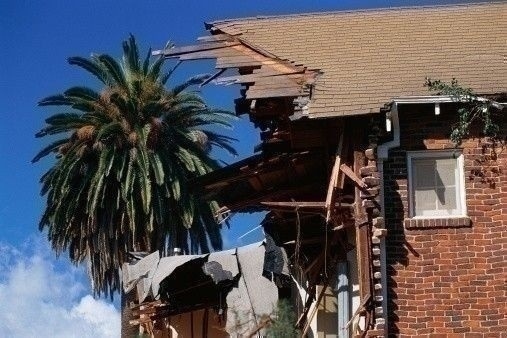 (MCT)—The difficulties Hurricane Sandy has caused property owners doesn’t seem anywhere near resolution, and a recent letter, from Bob Triebl, is indicative of that.
(MCT)—The difficulties Hurricane Sandy has caused property owners doesn’t seem anywhere near resolution, and a recent letter, from Bob Triebl, is indicative of that.
Triebl has a house in Ocean City, N.J., built about 1968. When Sandy hit, his street flooded for the first time ever.
“The crawl space under the house was flooded,” he writes, while “the inside of the house is dry.” The air handler and all the ductwork for the first floor were waterlogged, and the insulation was wet.
“We had a company come out to remove the flexible ductwork and insulation,” he writes. “They put fans under the house and dehumidifiers under the house to dry it out and sprayed for mold.”
The company that removed the ductwork and insulation said the wiring should be replaced, although they don’t perform that work.
“My HVAC guy came out and will replace the air handler and ductwork and said we should see about replacing the wiring” because two fuses had tripped during the storm and the one for the first-floor air-conditioning is still tripping.
The flood-insurance adjuster says the dehumidifiers won’t be paid for because the house is on sand — no argument there.
But the insurer — Triebl has had national flood insurance through the Hartford for 17 years — said it will not pay for electrical work.
Triebl’s received two written estimates to replace the wiring from the fuse box to the first-floor outlets, with one for $8,800 and the other for $10,000. The Hartford estimates $2,300 for the wiring.
His question is: “What are laws about replacing wiring after a flood? All three electricians I have talked to say they will not certify the electric as safe.” Does wiring need to be replaced after being submerged in salt water?
I happened to be talking with Frank Messina and Dean Ragone of AllRisk of Somerdale, N.J., which gets businesses up and running after catastrophes.
They said that it is the government, not the Hartford, that determines whether and how much he’ll get for repairs.
So I turned to Joseph Higbee at the National Electrical Manufacturers Association, who responded that “wiring that is listed for dry locations only, such as nonmetallic sheathed cable, may become a shock hazard when energized and therefore should be replaced.”
Wiring that is intended for a wet location may be reused provided the ends of the wire or cable have not been exposed to water, he said. And if the ends of a conductor have been exposed to water, the cable may be purged to remove the water.
When any wire or cable product is exposed to water, any metallic component (such as the conductor, metallic shield, or armor) is subject to corrosion that can damage the component and cause it to fail.
If water remains in a medium voltage cable, it could accelerate the deterioration of the insulation and it could eventually fail to work as well.
In any case, all wiring exposed to water needs to be evaluated by a professional, who should note the degree of flooding, the age of the cable, the length of time the cable was exposed to water, and whether any contaminants were in the water.
If the electrical service panel on the home was submerged, that panel has to be replaced, too, he said.
The panel is subjected to many different types of corrosive materials that could affect its ability to function in the future.
As you see, there is no easy answer.
©2013 The Philadelphia Inquirer
Distributed by MCT Information Services










